This mushroom can be dried and ground and used as a pepper like condiment or eaten cooked by people who like hot chillies.
Home / Mushroom Guide /
Peppery Bolete
Peppery Bolete
| Mushroom Type | |
| Common Names |
Peppery Bolete (EN), Cap Tyllog Poeth (CY), Maślaczek Pieprzowy (PL), Borsos Tinóru (HU) |
| Scientific Name |
Boletus / Chalciporus piperatus |
| Season Start |
Aug |
| Season End |
Oct |
| Average Mushroom height (CM) |
6-9 |
| Average Cap width (CM) |
5-8 |
Please note that each and every mushroom you come across may vary in appearance to these photos.
Stem
6-9 cm long, 0.5-2 cm diameter. Fairly thin for a Bolete, yellow to cinnamon coloured with hints of red and vertically striated. The stem is chrome yellow at the base but this can often be covered by earth.
Possible Confusion
A small nibble on this Bolete will soon give its identity away due to its hot peppery taste.
Spore Print
Cinnamon. Subfusiform, ellipsoid.
Taste / Smell
Peppery and hot.
Frequency
Fairly common.


 (33 votes, average: 4.09 out of 5)
(33 votes, average: 4.09 out of 5)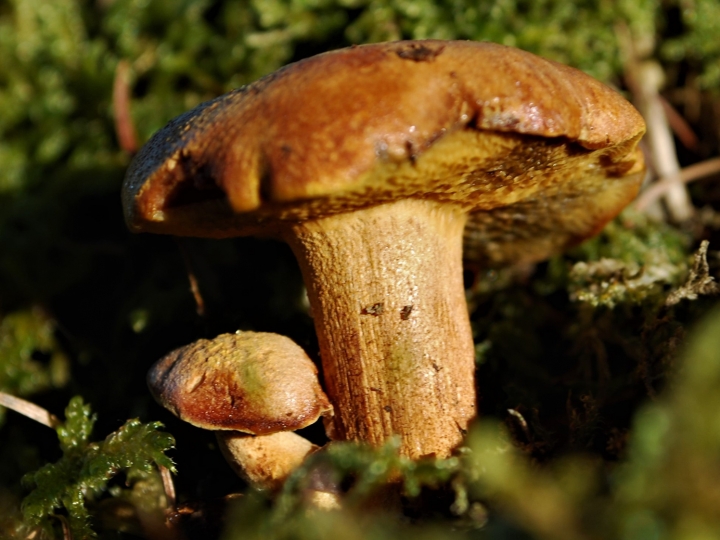















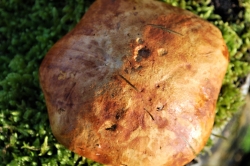
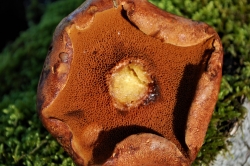
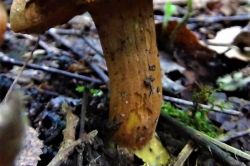
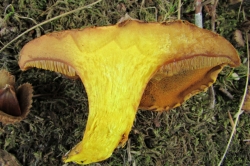
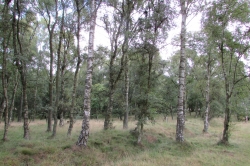








Leave a Reply